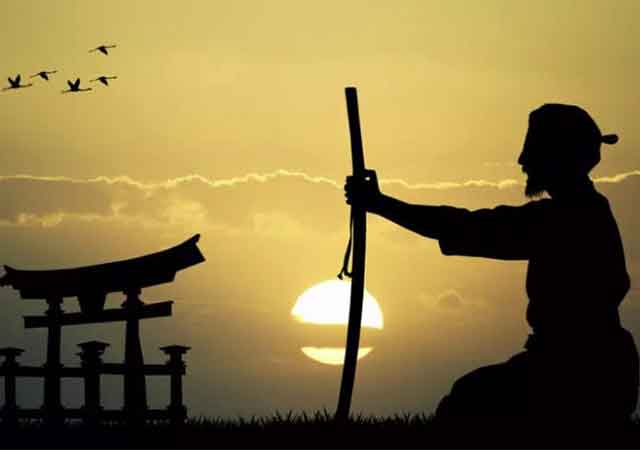
Along with the development of feudalism in Japan and the advent of the samurai, the doctrine of "Zen" was born and developed. "Zen" or "Zenshu" is one of the directions in Buddhism. Subsequently, Zen would become the most popular and influential teaching among the samurai.
The Buddhist monk Bodhidharma is considered the founder of Zen. He began preaching in India and China. At the end of the eleventh and beginning of the twelfth century, the teaching penetrated into Japan. It happened thanks to two Buddhist monks Eisai and Dogen. The word "Zen" in Japanese means: silent contemplation, mastery of spiritual and external forces to achieve enlightenment.
The teachings of Zen became popular among the samurai because its foundations taught everything that a good warrior needs. The teaching said that work on oneself is constantly needed, it develops the ability to find the essence of any problem, focus on it and go towards your goal, no matter what.
The prostate also contributed to the spread of the teachings among the samurai. Zen denied any written language and the samurai did not have to read various religious books. But for propaganda, supporters of the teaching used Buddhist books and texts. Samurai had to delve into the teachings of Samumu or with the help of a mentor.
Zen helped develop the samurai's will, composure, and self-control, which were necessary skills for a good warrior. A very important skill for a samurai was not to flinch in the face of unexpected danger and to be able to maintain clarity of mind and be aware of his actions and actions. According to the teachings, the samurai had to have iron willpower, go straight to the enemy and kill him, without looking back or to the side. At the same time, Zen taught to be restrained and imperturbable in all situations, and a professing Zen Buddhist should not even pay attention to insults. In addition to self-control, the teachings of Zen instilled in the samurai unquestioning obedience to their commander and master.
An attractive factor for the samurai in the teaching was that Zen Buddhism recognized life in the existing world not as a reality, but as just an appearance. Life for Zen is only an ephemeral and illusory representation of "Nothing". Life is given to people for a while. And as the main religion of the samurai, Zen Buddhism taught not to cling to life and not be afraid of death. A true warrior had to despise death.
The religion of the samurai, which considered life to be illusory and impermanent, connected everything transient with the concept of beauty. A short-term, short-lived, short period of time was clothed in a special aesthetic form. From here comes the love of the samurai to watch the cherry blossoms and how the petals of this tree fall. This also includes the evaporation of the race in the morning after sunrise and other similar things. In fact, it follows from this that the shorter the life of a samurai, the more beautiful it is. A short but bright life was considered especially beautiful. This concept formed the Japanese warriors' lack of fear of death and the ability to die.
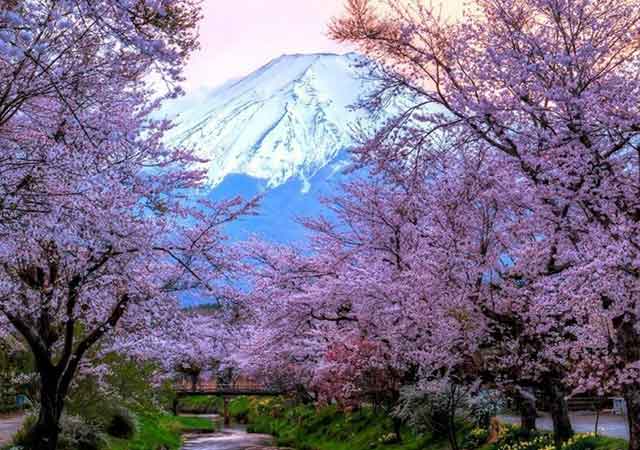
The concept of easy death was also influenced by Confucianism. A sense of duty, moral purity and self-sacrifice were raised to an unattainable height. Samurai were taught from childhood to sacrifice everything for the sake of their master or commander. Therefore, death in the name of fulfillment of duty was considered real life.
The dogmas of Buddhism and Confucianism were well adapted to the professional interests of the samurai. And the psychology and ethics of the samurai further strengthened the glorification of death, self-sacrifice and gave death a halo of glory. All this was closely connected with the cult of death and the rite of hara-kiri.
Buddhist dogmas about life also left their imprint on the attitude towards death. According to them, life is endless, and death is only a link in the constant rebirth into a new life. The death of a samurai, according to Buddhism, did not mean the end of his existence in future lives. Therefore, many samurai, dying on the battlefield, read Buddhist prayers with a smile on their faces. These dogmas also influenced the formation of the etiquette of death, which every samurai had to know and observe.
The religious trend of Zen spread very widely to the life of the samurai, it shaped not only their religious beliefs, but also their behavior. The foundations of Zen teachings were laid down in Bushido, the code of morality of the samurai.
Along with the teachings of Zen, samurai also believed in some Buddhist gods. The goddess of mercy and compassion Kannon (Avalokiteshvara) and the deity Marisiten (Marichi) patronizing warriors were very popular with them.
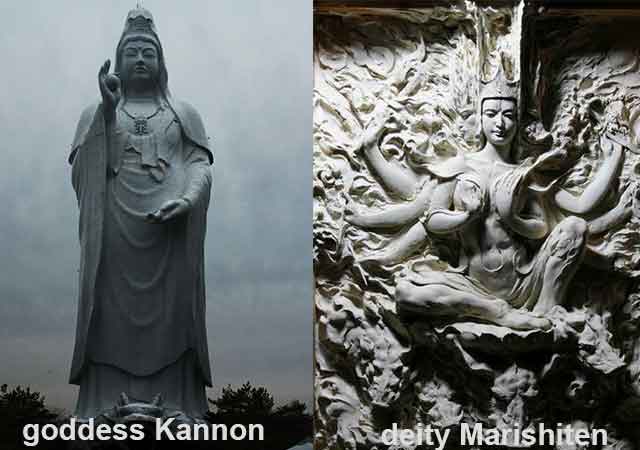
Among the samurai, before the start of the war, it was common to put a small image of the goddess Kannon into their helmet. And before the start of a battle or duel, the samurai asked the deity Marishiten for help and patronage.
In parallel with Zen Buddhism, samurai believed in the ancient Japanese cult of Shinto. According to this religion, samurai honored their ancestors, nature, local deities and worshiped the souls of warriors killed in battle. One of the main Shinto shrines was the holy sword. The sword was considered a symbol of the samurai and the soul of a warrior.
Along with the Buddhist deities, the samurai also revered the Shintai god of war, Hachiman, whose prototype was the deified emperor of Japan, Ojin. Like the Buddhist goddess Kannon, the samurai also, before the start of the war, turned to the god Hachiman, asked him for support in the upcoming war and took oaths.
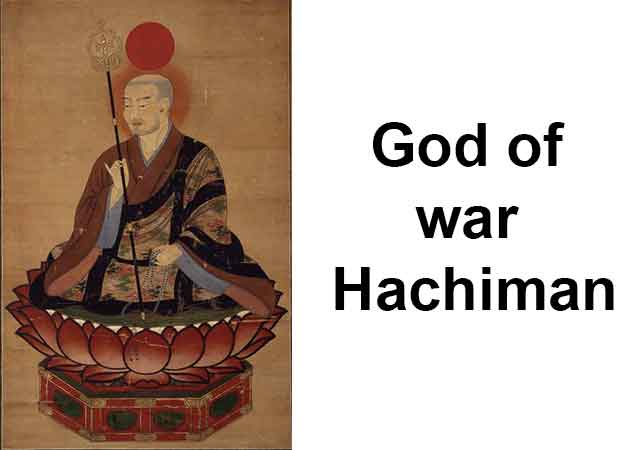
The third major religion of the samurai was Confucianism. It was more ideological than religious in nature, in addition to religious moments included ethical ones. Confucianism in Japan adapted to local Buddhism and Shintoism and confirmed such views as: obedience, fidelity to duty, obedience to one's master, moral perfection, strict observance of the laws of the family, society and state.
The fusion of Buddhism, Shinto and Confucianism had a strong impact on the spiritual life of the samurai. It has become commonplace for samurai to simultaneously pray and ask for help from Buddhist and Shinto gods and at the same time observe the moral and ethical standards of Confucianism. Over time, these three currents were closely intertwined in the religious life of the samurai and began to be perceived as one.
See also
-
Kanazawa Castle

Construction of Kanazawa Castle began in 1580 on the orders of Sakuma Morimasa, a vassal of Oda Nobunaga. The castle was built on the site of the Ikko-ikki sect's Oyama Gobo temple, which is why it is sometimes called Oyama Castle. Morimasa managed to build several moats and begin construction of a castle town. However, after his defeat at the Battle of Shizugatake in 1583, he was executed, and ownership of the castle passed to Maeda Toshiie (1538–1599).
-
Nakatsu Castle
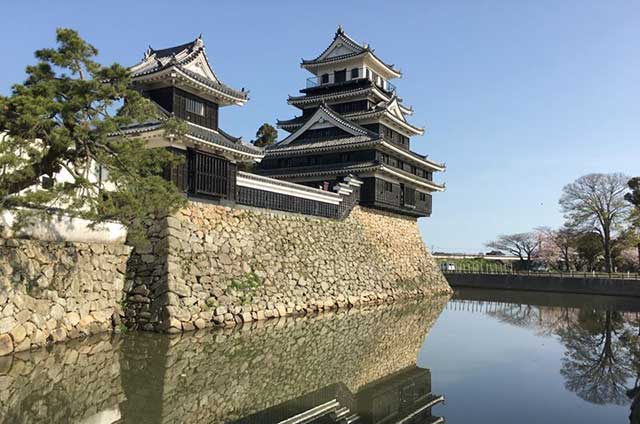
Kuroda Yoshitaka (1546–1604) was one of the closest advisors to the legendary military commander Toyotomi Hideyoshi. He took part in key military campaigns of the late 16th century, including the campaign against Shikoku in 1585 and the campaign against Kyushu in 1587. Later, during the second campaign in Korea, Yoshitaka served as chief advisor to the commander of the invasion forces, Kobayakawa Hideaki. After Hideyoshi's death, he swore allegiance to Tokugawa Ieyasu, thereby securing his influence and patronage under Japan's new leader.
-
Edo Castle
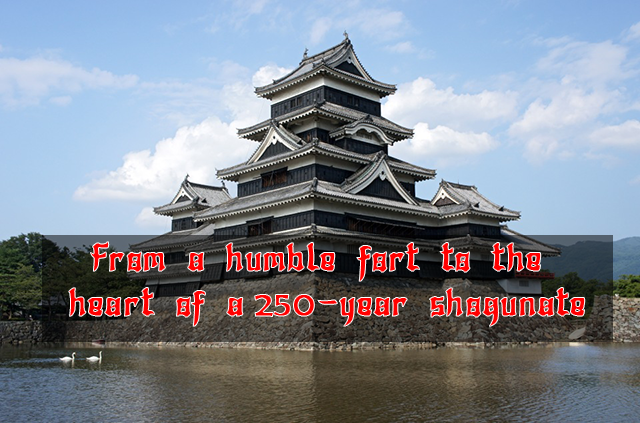
The history of Edo Castle dates back to the Heian period, when the Edo clan built a small fort on this site. In 1457, the vassal of the Uesugi clan, Ota Dokan (1432–1486), constructed a full-scale castle here. Internal conflicts weakened the Uesugi clan, and in 1524, Ota Dokan’s grandson, Ota Yasutaka, surrendered the castle without resistance to the forces of Hojo Soun, the ambitious leader of the Hojo clan. While Odawara Castle remained the clan's main stronghold, Edo was considered a key strategic fortress.
-
Samurai Museum Shinjuku
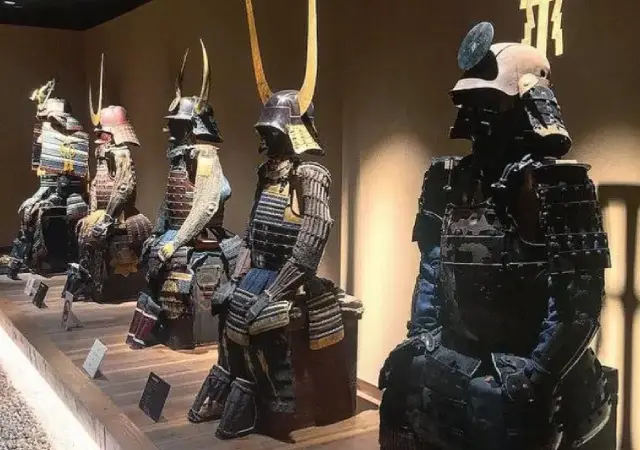
Situated in the vibrant district of Shinjuku, the museum showcases an extensive collection of samurai armor, weapons, and cultural artifacts spanning from the Kamakura to the Edo period. The exhibits aim to convey the samurai's unwavering commitment to honor and discipline, reflecting how their spirit continues to influence modern Japanese culture.
-
Anjo Castle
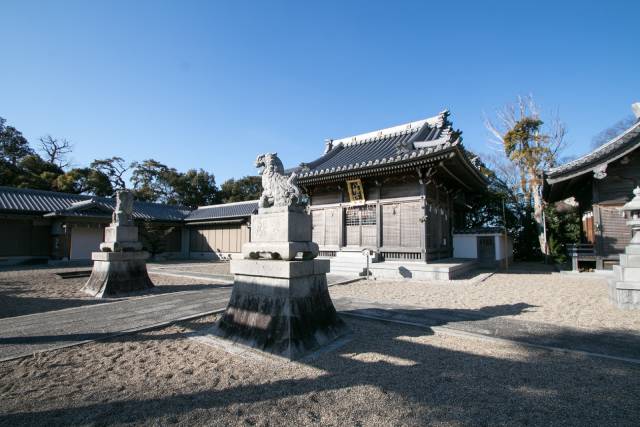
Anjo Castle was built on a slight elevation at the edge of the Hekikai Plateau, about 2 kilometers southeast of present-day central Anjo City in Aichi Prefecture. Today, the surrounding area thrives on large-scale agriculture and automotive manufacturing, utilizing the expansive flatlands and its proximity to the Nagoya region.
-
Numata Castle
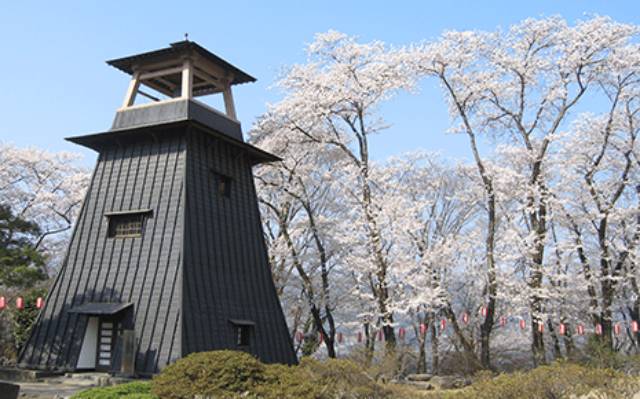
Numata Castle, located in Numata, northern Gunma Prefecture, Japan, has a rich and complex history. During the late Edo period, it served as the residence of the Toki clan, who ruled the Numata Domain. Over the centuries, the castle changed hands multiple times and was the site of significant battles during the Sengoku period.
-
Iwabitsu Castle
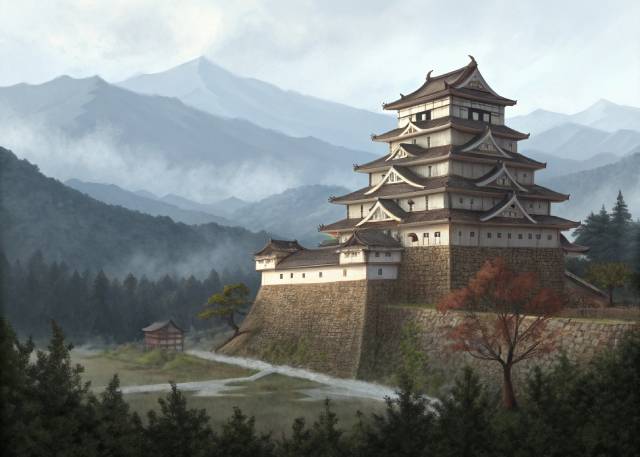
Iwabitsu Castle is a yamashiro-style (mountain) castle located atop Mount Iwabitsu in Higashiagatsuma, Gunma Prefecture, Japan. Recognized for its historical significance, its ruins have been protected as a National Historic Site since 2019.
-
Tsutsujigasaki Castle
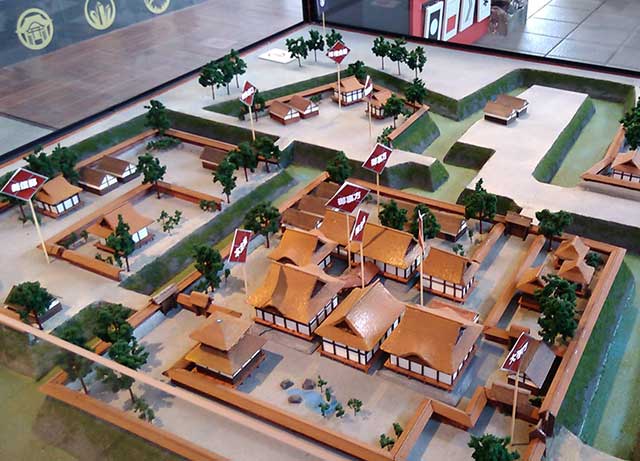
Tsutsujigasaki Castle (Tsutsujigasaki Yakata) served as the fortified residence of the last three generations of the Takeda clan and is located in the heart of Kofu, Yamanashi Prefecture, Japan. Unlike traditional Japanese castles, it was not referred to as a "castle" in Japanese, as the Takeda clan famously believed in relying on their warriors as their true fortifications, stating, "Make men your castle, men your walls, men your moats." Designated a National Historic Site in 1938, the ruins are now open to the public and house the Takeda Shrine, a Shinto shrine dedicated to the deified spirits of the Takeda clan.

